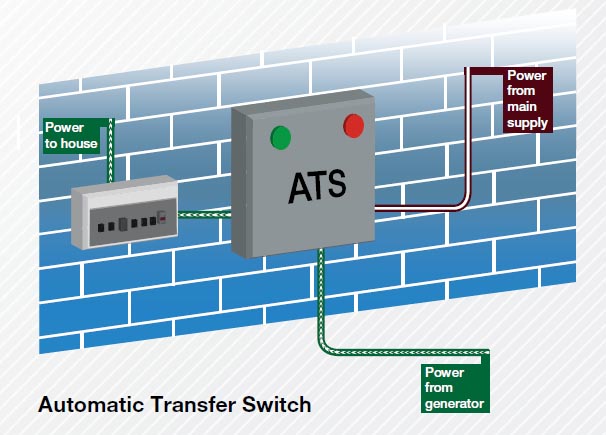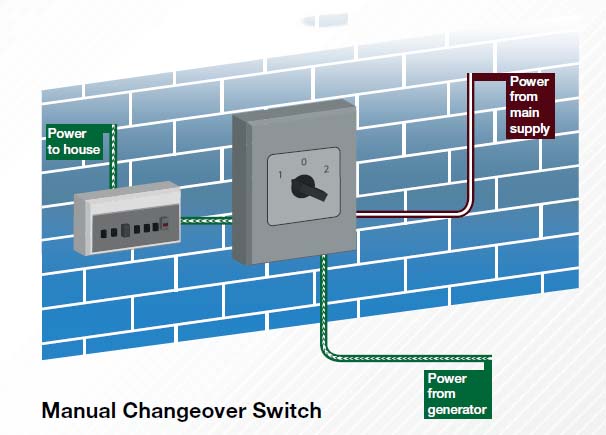Diesel Generator FAQ: Automatic Transfer Switch (ATS)

In our latest diesel generator FAQ, we tackle the daunting subject of Automatic Transfer Switches (ATS).
This can be a great accessory for the right user; however, sometimes it can be confusing to determine if your requirements warrant the additional investment.
If you’re not sure what an ATS is, or if you should include one in your diesel generator purchase, then read on.
What Does ATS Stand For?

ATS stands for Automatic Transfer Switch, but it can also be referred to as an Automatic Mains Failure system, or AMF for short.
What Does An ATS Do?
An ATS can be used to automatically control the start up and shut down procedure of a diesel generator.
How Does It Work?
The best explanation can be found in this video:
Put simply, an ATS system is installed by a trained electrician between your electricity meter and the consumer unit.
In the event of a power cut, the ATS will detect the loss of power, start the diesel generator and connect it to the building.
When the mains power resumes, the ATS will reconnect the building to the mains and switch off the diesel generator.
In short, it ensures your building will always be powered during a power cut.
This process will take a handful of seconds, depending on how far away from your premises the generator is located.
Why Would I Need An ATS?
This system prevents you from needing to go outside and manually starting the diesel generator in the event of a power cut.
If you or a loved one is disabled and require a constant supply of power, for example, an ATS can provide peace of mind.
Likewise, if you travel away from home a lot and want to ensure your frozen and refrigerated food doesn’t perish in a power cut, an ATS system should be considered.
ATS systems are also good for businesses. Again it can help with refrigeration, but also the likes of keeping server rooms up and running.
For many businesses, a loss of power means a loss of revenue, which a diesel generator paired with an ATS system can minimise.
Are There Any Downsides?
Depending on your requirements, yes.
To start with, you need to consider if you would benefit from the system in the first place.
If you don’t fall into any of the categories above, do you need constant power to your building if you’re not there? You can be away from home for a weekend and come back to find your diesel generator has been on overnight and is now low or empty on fuel.
Then there’s also the cost to consider, as an ATS isn’t cheap. Diesel generators have fallen in price significantly in the last several years, but an ATS is a sophisticated piece of equipment which will still add a large additional cost to your purchase.
For most domestic and even commercial requirements, a user won’t require an ATS to adequately keep their home or building powered.
What Are The Alternatives?

Manual Changeover Switches (MTS) are available and can be installed in your premises at a lower price point.
This is similar to an ATS, except during a power cut you have to manually switch over from mains power to your diesel generator, rather than it happening automatically.
The cheaper, old fashioned alternative is simply going outside and turning your generator on with the key. This can be a cold and soggy at times, but it would save you a lot of money.
I Have More Questions, Can You Help?
Yes.
If you’re still not quite sure if an ATS is the right accessory to pair with your diesel generator, we’ll be more than happy to help you.
Give us a call on 01437 700123, email us at info@thepowersite.co.uk or use the live chat in the bottom right hand corner.
We’re always happy to give you our expert advice.

